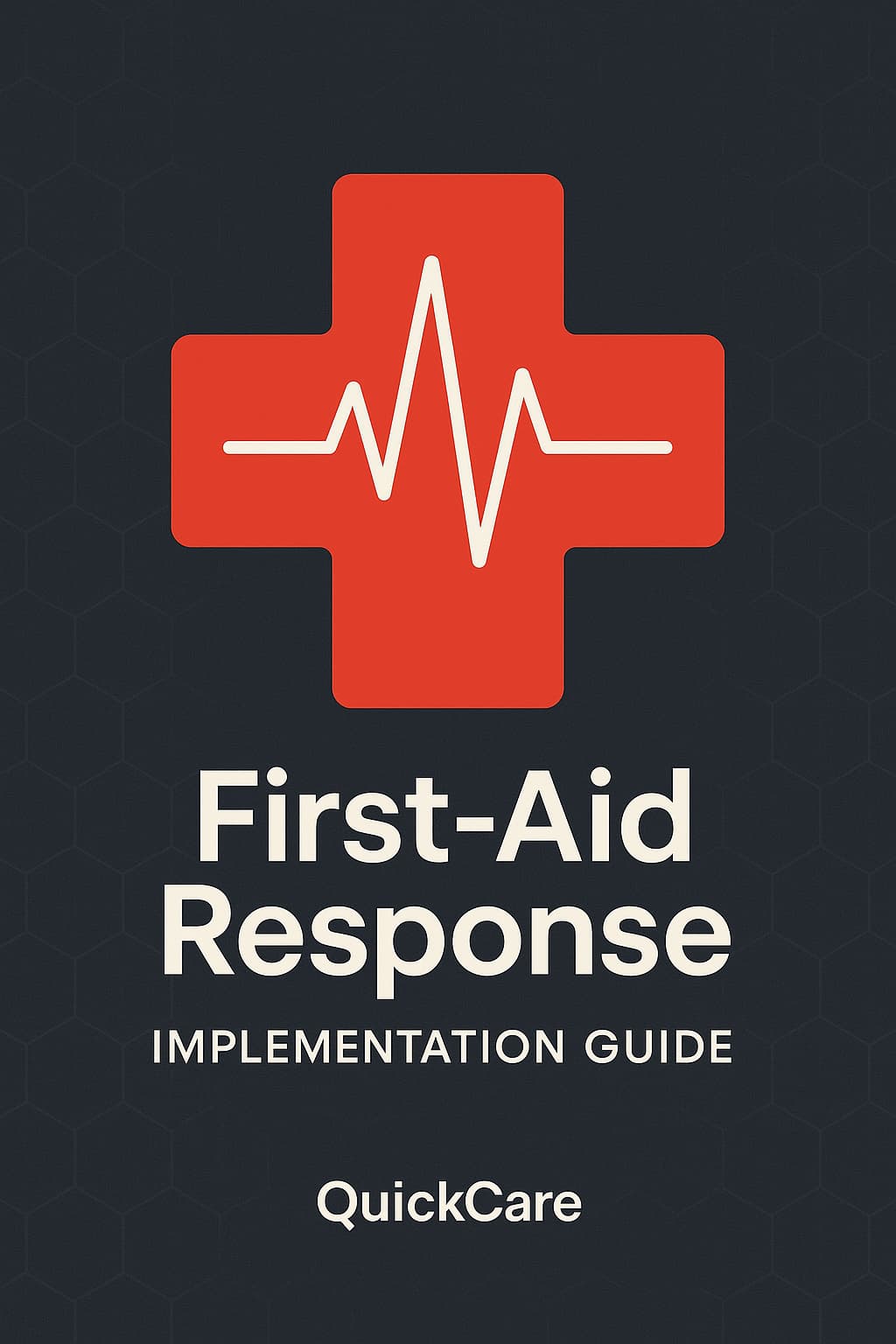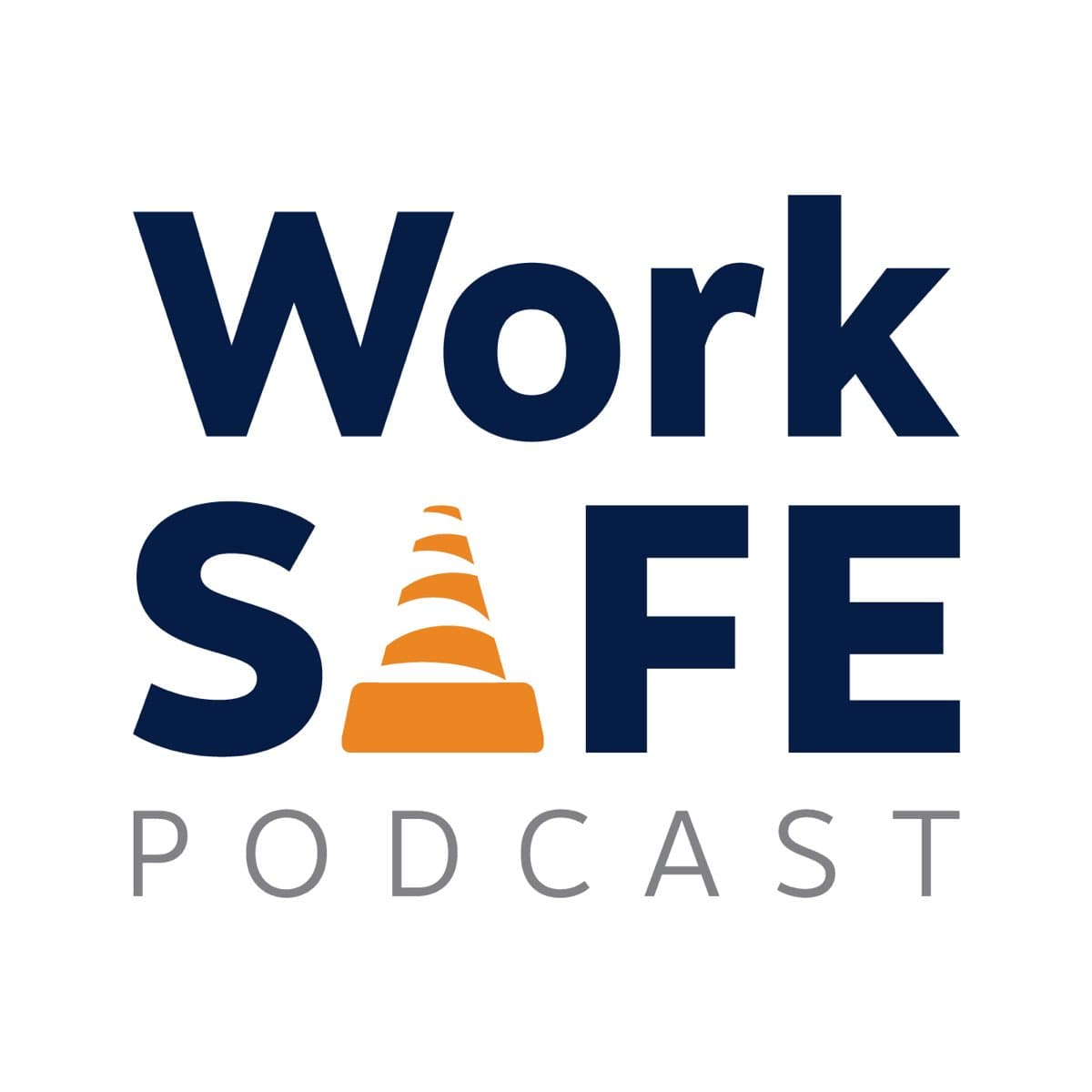The Impact of QuickCare's First-Aid Response
Discover how our innovative approach is revolutionizing workplace safety and boosting efficiency.
Explore our comprehensive range of safety products designed to protect your workforce and enhance workplace safety.
View all Products »Immediate on-site care for workplace injuries, reducing OSHA recordable incidents and costs
Learn MoreImmediate care for workplace injuries with on-site professional treatment
Comprehensive life-saving training for emergency situations
Comprehensive testing solutions for safer workplaces
OSHA-compliant testing to ensure proper respirator function
Our safety specialists can help create a tailored plan for your specific needs.
Discover tailored safety solutions to meet the unique needs of your industry, use case, and organization type.
View all Solutions »Reduce OSHA recordables with immediate injury response at your workplace
Learn MorePre-employment health screenings to document conditions
On-site emergency medical response for quick injury management
Regular and random substance use testing programs
CPR/AED & First-Aid training for emergency preparedness
Regular audiometric testing to protect employee hearing
Workplace assessments and solutions to prevent injuries
Meet Department of Transportation drug testing regulations
Ensure respiratory protection meets safety standards
Immediate first aid response available at your workplace
Convenient and efficient drug screening at your location
Various safety and health services provided directly at the worksite
Safety solutions for building sites and projects
Comprehensive safety for production facilities
Safety measures for logistics and transit
Ensuring safety in medical environments
Safety solutions for farming and agricultural operations
Safety training and protocols for schools and universities
Safety measures for retail environments and customer service
Ensuring safety for hotels, restaurants, and other hospitality services
Specialized safety protocols for lab environments
Comprehensive safety solutions for large organizations
Safety solutions for government agencies and institutions
Tailored safety solutions for businesses with fewer than 500 employees
Flexible and scalable safety solutions for new businesses
Affordable safety solutions for charitable organizations
Safety training and protocols for schools and universities
Flexible, transparent pricing tailored to your workplace safety needs. Pay only for what you use, with no long-term contracts required.
View all Pricing Options »Professional on-site care for $525, saving up to 75% compared to ER visits
Learn MoreProfessional, on-site treatment for workplace injuries available 24/7
Comprehensive drug and alcohol testing for workplace safety
Complete respiratory protection assessment and certification
Combine multiple safety services for volume discounts of up to 20%. Contact our team for a custom quote.
Request Custom QuoteCustom pricing for organizations with 500+ employees or multiple locations
Affordable safety solutions specifically designed for businesses with under 100 employees
Special rates for government agencies, schools, and public service organizations
Estimate your safety service costs with our interactive calculator. Select your services and employee count for an instant quote.
No commitment required. Use our calculator to plan your safety budget.
Access comprehensive guides, technical documentation, and resources for QuickCare services. Find user manuals, step-by-step tutorials, and best practices tailored to your safety needs.
View all Resources »Step-by-step instructions for implementing and managing on-site first-aid response
View GuideTry searching for "fit testing" or "drug testing"

Our comprehensive guide to establishing an effective on-site first aid response program. Includes checklists, best practices, and compliance information.
Download PDFYour gateway to maximizing the value of QuickCare services. Access resources, success stories, and expert training to help achieve your safety and health goals.
Visit Client Success Hub »Comprehensive guides and resources to help you kickstart your QuickCare journey effectively.
Learn proven strategies for implementing QuickCare services in your organization.
Access our comprehensive library of product guides, technical documentation, and FAQ resources.
Gain valuable perspectives from QuickCare executives on industry trends and innovations.
Access expert insights and training to deepen your understanding of workplace safety.
Comprehensive video guides for utilizing QuickCare services and administering safety programs.
Join live and on-demand webinars featuring industry experts discussing workplace safety topics.
Enhance your team's credentials with our specialized safety certification courses.
Get answers to common questions and access troubleshooting resources for QuickCare services.
Connect with other safety professionals using QuickCare services to share best practices.
Access your dedicated account manager and get personalized assistance with your safety programs.
Explore QuickCare's service coverage across all Bay Area counties. View response times and check if your location is covered.
View Full Map »Contact us to check availability in your location or request service expansion.
Check AvailabilityGain valuable knowledge from industry leaders in workplace safety and health. Explore our curated content, engage with experts, and stay ahead of the curve.
Explore All Insights »Discover how our innovative approach is revolutionizing workplace safety and boosting efficiency.


Comprehensive analysis of the most common workplace safety violations
Interactive checklist to assess your workplace safety measures
Discover the people, values, and mission driving QuickCare Solutions' innovation in workplace safety.
Learn More About Us »Founded by safety professionals with a vision to transform workplace health services, our journey is rooted in innovation and commitment to excellence.
Read Our Story
Our guiding principles and future aspirations for workplace safety
Meet the visionaries and experts steering our company's growth
How we're revolutionizing workplace safety through technology
The values and principles that define our work environment
Our commitment to making a positive impact on communities we serve
Our industry certifications and commitment to regulatory standards
Professional respirator medical clearance services for regulatory compliance. Our ProTrain platform makes scheduling, tracking, and managing clearances simple for both companies and individuals.
Explore ProTrain »Meet OSHA compliance requirements with our end-to-end respirator clearance solution
Get StartedBook your clearance appointment online in minutes with our simple scheduling tool
Access and share your clearance records anytime through your secure dashboard
Never miss a renewal with automated notifications before your clearance expires
Complete lifetime record of your medical clearances, accessible on any device
Schedule multiple clearances at once with our efficient group booking system
Track company compliance status with detailed dashboards and real-time reporting
Gain insights with detailed reports on clearance status, renewals, and compliance rates
Connect with your existing HR systems through our secure API for seamless data flow
Discover how QuickCare's rapid, professional first-aid response transforms workplace safety from a requirement into a tangible demonstration of care, boosting morale and your bottom line.
Why simply meeting regulations isn't enough to truly protect your employees or your business.
Every business understands the importance of workplace safety. Compliance checklists, safety posters, and occasional training sessions are standard practice. But does this translate into a genuine culture of safety? Often, there's a gap.
When an injury occurs, the typical response involves disruption: sending the employee off-site to urgent care or the ER. This leads to significant downtime, high costs, potential OSHA recordable incidents, and employee anxiety. It fulfills a requirement, but doesn't necessarily show proactive care.
A true safety culture goes beyond compliance. It's built on trust, proactive measures, and visible commitment to employee well-being. Employees need to feel confident that if an injury happens, they will receive prompt, professional, and compassionate care without unnecessary hassle or delay. This is where traditional approaches often fall short, impacting morale and productivity.
Introducing a smarter, faster, and more caring approach to workplace injury response.
Imagine a different scenario. An employee sustains a non-life-threatening injury – a cut, a sprain, a minor burn. Instead of disrupting operations and sending them off-site, you make one call. Within an average of 54 minutes, a certified QuickCare medical professional arrives at your workplace, ready to provide expert care.
This is QuickCare's On-Site First-Aid Response. It's a mobile medical service designed specifically for businesses like yours. We bring the treatment room to you, handling a wide range of common workplace injuries directly on-site.
Our goal is simple: provide immediate, high-quality first aid to minimize the impact of injuries on both your employees and your operations. It's about moving from a reactive, compliance-focused approach to a proactive, care-driven solution that benefits everyone.
Certified professionals arrive quickly at your location (average 54 mins).
Trained clinicians assess and treat injuries professionally on-site.
Treatment happens at your workplace, minimizing disruption and downtime.
Our streamlined process ensures fast, effective care when an injury occurs.
Implementing QuickCare's On-Site First Aid is designed to be seamless and efficient. Here’s how our process typically unfolds when a non-emergency workplace injury happens:
Your designated safety personnel identifies a non-life-threatening injury and calls QuickCare's 24/7 dispatch center. We gather essential details quickly.
We immediately dispatch the nearest available certified medical professional directly to your worksite. They arrive equipped to handle the reported injury.
Our professional arrives, assesses the injury, and provides appropriate first-aid treatment right there at your facility, minimizing disruption and getting your employee cared for quickly.
After treatment, we provide thorough, professional documentation of the incident, the care provided, work status, and any follow-up recommendations, supporting your compliance efforts.
If the injury requires further medical attention (e.g., specialist visit, physical therapy), our team helps coordinate the next steps, ensuring a smooth transition of care.
This efficient process ensures employees receive the right level of care quickly, while keeping your operations running smoothly and reinforcing your commitment to safety.
How QuickCare's On-Site First Aid positively affects your safety metrics, costs, compliance, and overall workplace culture.
Implementing QuickCare's On-Site First Aid isn't just about treating injuries; it's about strategically improving your business's safety performance and fostering a more positive work environment. Here’s how:
By providing expert first aid on-site, we often prevent minor incidents from escalating to "medical treatment beyond first aid" – the threshold for OSHA recordability. This directly improves your safety metrics and reduces associated administrative burdens. Our careful documentation clearly distinguishes first aid from medical treatment.
Compare our fixed, predictable per-visit cost (around $525) to expensive ER visits ($1,500-$3,000+) or urgent care ($700-$1,500). Add the savings from reduced downtime, avoided ambulance fees, and potentially lower workers' compensation premiums, and the financial benefits become clear.
Treating employees at your worksite means they spend significantly less time away from their duties compared to traveling to and waiting at off-site facilities. This maintains productivity and reduces operational disruptions.
Providing rapid, professional care demonstrates a tangible commitment to employee well-being. This builds trust, reduces anxiety about workplace injuries, and fosters a more positive, supportive culture where employees feel valued and safe.
Our service helps you meet OSHA 1910.151 requirements for readily available medical personnel and adequate first-aid provision, especially where off-site facilities aren't in "near proximity." Our documentation also supports accurate recordkeeping.
Clients using QuickCare On-Site First Aid typically report significant improvements, including:
Common questions about implementing QuickCare's innovative first-aid solution.
Understanding how a new service fits into your operations is crucial. Here are answers to some frequently asked questions about QuickCare's On-Site First-Aid Response:
QuickCare's on-site first-aid response is equipped to address a wide range of common workplace injuries, including but not limited to:
Our certified medical professionals assess injuries thoroughly. If an injury requires care beyond the scope of first aid (e.g., complex sutures, significant fractures requiring reduction, prescription medication), our team stabilizes the employee and coordinates efficient transfer to the appropriate level of care (ER, specialist, occupational health clinic), often preventing unnecessary and costly ambulance trips for non-emergencies.
QuickCare's current average response time across our service areas is 54 minutes from the moment your designated personnel places a call to our 24/7 dispatch center. Response time depends on:
We utilize strategic stationing and optimized dispatching to ensure the fastest possible arrival. For businesses with specific high-risk needs, dedicated on-site staffing options are also available. Please check our service map for coverage details in your area or contact us for specifics.
This is a key benefit. QuickCare helps reduce OSHA recordables primarily by:
Our priority is always the employee's well-being, but our process inherently aligns with minimizing unnecessary recordables by providing the *right* level of care on-site.
After each on-site visit, QuickCare provides comprehensive, HIPAA-compliant documentation electronically via our secure client portal. This includes:
This robust documentation is invaluable for OSHA compliance, workers' compensation claim management, internal incident reviews, and demonstrating your commitment to safety protocols.
Partnering with QuickCare directly addresses several aspects of OSHA standard 1910.151 (Medical services and first aid):
By utilizing QuickCare, you demonstrate a proactive and effective system for managing workplace injuries, strengthening your overall compliance posture. Learn more on our OSHA compliance documentation page.
QuickCare delivers significant cost savings through several key areas:
Overall, businesses using QuickCare often see a significant return on investment through these combined savings, making it a financially sound safety strategy.
Ready to take the next step? Implementing On-Site First Aid is a powerful way to enhance your safety culture, protect your employees, and improve your bottom line.
See how QuickCare's rapid response can reduce costs, improve compliance, and build a stronger safety culture at your workplace.